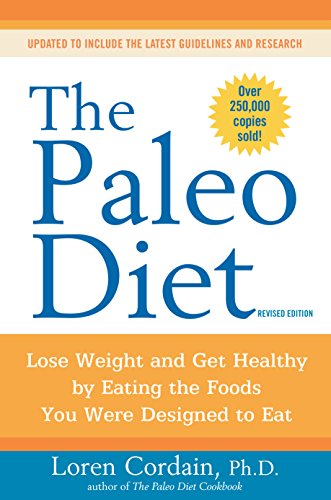The Paleo Diet, commonly referred to as the “caveman diet,” is a nutritional strategy that emphasizes eating whole, unprocessed foods that were accessible to humans during the Paleolithic era. This strategy has gained popularity among fitness enthusiasts, health conscious people and athletes since it supports a diet rich in whole foods and nutrients. What you need know about the Paleo diet is as follows:
The Paleo diet: what is it?
Consuming full, unprocessed foods including meat, fish, vegetables, fruits, nuts, and seeds that were available to people during the Paleolithic era is a key component of the Paleo diet. Processed foods, cereals, legumes, dairy products, and refined sugars are prohibited from the diet since they were unavailable during the Paleolithic epoch.
What is the process of the Paleo diet?
The Paleo diet is effective because it places a strong emphasis on whole, unprocessed foods that are nutrient-dense and devoid of chemicals and preservatives. The diet encourages nutrient density by avoiding processed foods and putting an emphasis on real foods, which can enhance general health and support weight loss objectives.
What advantages does the Paleo diet have?
There are a number of possible advantages to the Paleo diet, including:
Increased nutrition intake: The Paleo diet can assist increase nutrient intake and advance general health by emphasizing entire, nutrient-dense foods.
Improved blood sugar regulation: The Paleo diet can increase insulin sensitivity and blood sugar regulation by removing processed foods and refined sugars.
Improved intestinal health: The Paleo diet can lessen inflammation by avoiding processed meals and putting a greater emphasis on whole, unprocessed foods.
Weight loss: The Paleo Diet, which encourages full, nutrient-dense foods, can be a useful strategy for shedding pounds and maintaining a healthy weight.
The Paleo diet: How to Follow It
People who adhere to the Paleo diet often concentrate on eating entire, undisturbed items that were accessible to humans during the Paleolithic era, such as meat, fish, vegetables, fruits, nuts, and seeds. Processed foods, cereals, legumes, dairy products, and refined sugars are prohibited from the diet.
Even while the Paleo Diet can be a healthy lifestyle choice, it might not be suitable for everyone. For instance, people with lactose intolerance might not be able to eat dairy products, while people with specific medical disorders would have to avoid a limited range of foods.
Potential Paleo diet downsides
Even if there may be a number of advantages to the Paleo diet, there may also be some disadvantages. These may consist of:
Adherence issues: The Paleo Diet might be difficult to maintain over the long run because it restricts specific food groups.
Deficiencies in some nutrients: Since the Paleo diet forgoes certain food groups including grains and dairy products, it may be challenging to obtain all the essential elements through diet alone. In order to prevent nutrient shortages, it is crucial to make sure that the food is well-planned and balanced.
Higher cost: The Paleo Diet may be more expensive than a diet that incorporates processed foods because it places an emphasis on whole, unprocessed foods.
In general, those wishing to enhance their general health and support weight loss objectives may find the Paleo Diet to be a wholesome nutritional approach. To make sure that it is appropriately designed and balanced for your particular needs, you should proceed cautiously and consult a trained dietitian.

